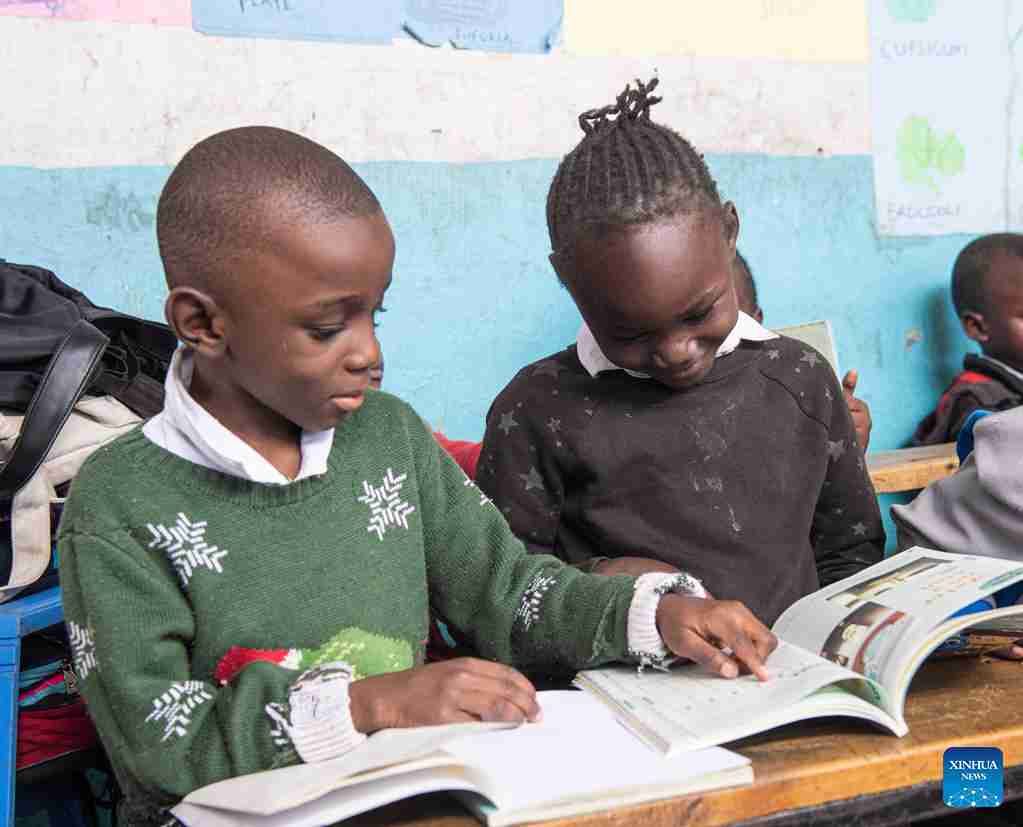When the push for gender equality education hit our continent, Kenya with the rest of the world was at the forefront to embrace it without a blink in order to let the ‘weaker’ gender reach the brim of academic excellence.
However as time goes, the push for girl child education missed the road after the other gender was forgotten and used as a stepping stone and drum beaten the loudest for the initiative to reach the local communities, change their perspectives and embrace the new ideology in town.
Even though the call for change was ripe, the methodology and narratives used to drive the initiative failed to consider the consequences of empowering the girl child at the expense of boy child.
The deadly backlash is today crystallised all over as moral decadence, rampant killings, broken marriages, unfulfilled dreams and bitter generation rule the atmosphere.
The reality is that we cannot run away from the consequences, we never leveled the grounds for.
The biggest mistake has been framing the issue as a competition. For decades, the messaging was (and often still is): “We must focus on the girl child because she is disadvantaged.” While statistically true, the constant, singular focus created a perception that the boy child’s needs no longer mattered.
This has created a resistant character in the boychild’s mind that there is nobody coming to save them as no one still speaks for them. When human being turns into a survival tactics, human nature vanishes and is ready to destroy anything to have their space.
The Boychild’s Perception: Boys see scholarships, mentorship programs, and advocacy campaigns exclusively for girls. They hear public figures and ads speaking only about lifting the girl. In a country with widespread poverty, this feels like they are being actively deprived of opportunities. The narrative isn’t “let’s elevate everyone,” but “let’s elevate her instead of him.”
The traditional advantages boys had are eroding, but the expectations placed on them have not. People pushing the initiative still cling onto the traditional advantages leveled during the pre-colonial error. The socio-economic realities whereby jobs continue to shrink and the living standards rise, adding to burden the society already put on the head of the boychild.
ALSO READ:
Blow for JSS teachers as Treasury reaffirms two-year contract rule, confirmation set for 2027
Historically, boys were prioritized. However, in today’s Kenya, many boys are raised in single-parent (often female-headed) households, face rampant unemployment, and lack male role models. The path to being a “successful man” through education and a stable job is now fraught with the same obstacles girls face, plus the added pressure of being the expected “breadwinner.”
The societal expectation for boys to be “tough” and suppress emotions creates a mental health crisis. They have fewer outlets and support systems compared to girls, whose issues are more openly discussed and addressed, living boys for drugs, crime and indulgence into sexual immorality as a channel of stress or even depression release.
In the effort to inspire girls, a new narrative has emerged where success is portrayed as female. You see this in ads and stories: the girl who defies the odds to become a doctor, while the boy is absent or a dropout. This unintentionally tells boys that the system is not for them and that their future success is not a societal priority.
However all is not lost, we can still turn around the narratives and make the right strides toward a harmonized generation. The solution is not to stop advocating for the girl child, but to change the approach. The goal should be equitable education for all children, recognizing that they face different, but equally important, challenges.
Reframe the Narrative:
Stop the Competition: Public messaging should shift from “Save the Girl Child” to “Empower Every Child.” The focus should be on creating a balanced, fair system where every child born in a house knows that I have space and capacity to reach the stars, live a fulfilling life and have a harmonized society where everyone is appreciated and not demotivated to drive agenda.
Highlight Interdependence: Show how educated women benefit entire communities, including men. An educated woman is more likely to invest in her family’s health and education, including her sons. A successful society needs both its men and women to be educated and productive.
Create Targeted, Parallel Support:
Continue Girl-Centric Programs: They are still needed to address period poverty, early pregnancy, and cultural biases. However they should be done without making the other gender a laughing stalk. Lowering the esteem of the boy child to validate the empowerment of the girl child. The cake is big enough for everyone to get share and be satisfied.
There is need for the introduce Boy-Centric Programs to advocate for mentorship programs for boys, scholarships for vulnerable boys, and counseling services that address their specific mental health needs.
ALSO READ:
Create spaces for boys to discuss masculinity, responsibility, and emotional intelligence. When masculinity is mentioned, many get chills, however constructive masculinity is healthy because for the girl child to be save the boychild must be healed through such platforms. How will boys know how to advocate for the rights of the girl child when completion and superiority complex are at logger heads.
Fix the System for Everyone:
Improve Education Quality: Address the root issues that affect all children: teacher shortages, overcrowded classrooms, and irrelevant curricula.
Teacher Training: Train teachers to recognize and cater to diverse learning styles, including those more common in boys.
Parental and Community Engagement: Mobilize communities to support the education of all their children, breaking down the toxic idea that supporting one gender means neglecting the other.
The push for girl child education in Kenya gets it wrong when it is pursued in isolation, creating a perceived—and sometimes real—neglect of the boy child. Hence need for more inclusive, empathetic, and effective strategy.
True empowerment is not a pie where one person’s slice must come from another’s. It is about growing the pie so that everyone can have a sufficient share. Educating girls is a national imperative, but so is ensuring that boys are not left to languish and become a lost generation. The future of Kenya depends on both.
By Juma Ndigo
You can also follow our social media pages on Twitter: Education News KE and Facebook: Education News Newspaper for timely updates.
>>> Click here to stay up-to-date with trending regional stories
>>> Click here to read more informed opinions on the country’s education landscape






